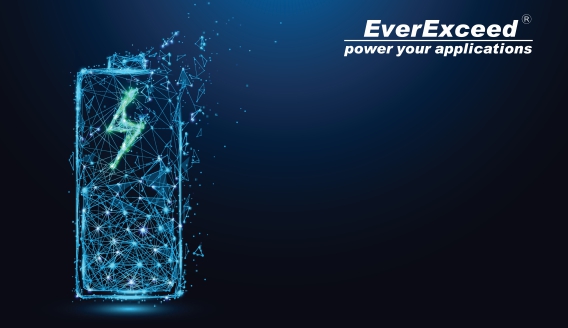
Aug , 26 2021
Aging is an unavoidable process caused by side reactions present in all electrochemical devices including battery cells. It may result in significant changes of capacity and resistance of a device over time and must, therefore, be considered in the system layout phase (e.g., necessity of over-sizing initial capacity) as well as in the system operation phase (e.g., adapting maximum allowed cell dis...
more
